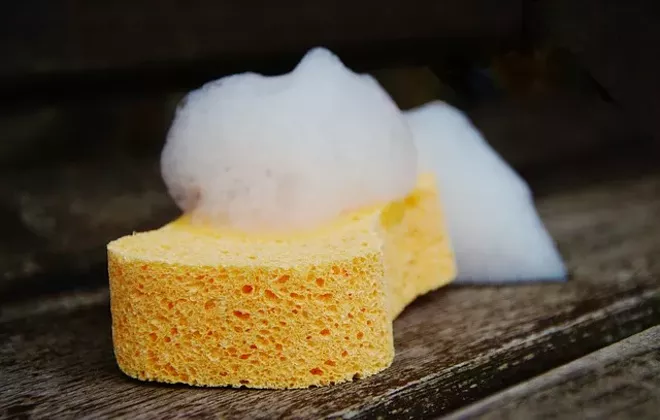By JOANNA KLEIN
© 2017 New York Times News Service
Stop. Drop the sponge and step away from the microwave.
Then, they will reproduce and occupy the vacant real estate of the dead. And your sponge will just be stinkier and nastier and you may come to regret having not just tossed it, suggests a study published last month in Scientific Reports.
Bacteria are everywhere, so it’s no surprise that a kitchen sponge would be full of them. But previous research had underestimated a sponge’s quantity and range of bacteria. By looking at samples from 14 used sponges that may be as dirty as the one sitting in your sink right now, Markus Egert, a microbiologist at the University of Furtwangen in Germany, and his team identified 362 species of bacteria living within them.
The scientists were surprised to find how densely microbes occupied such close quarters: About 82 billion bacteria were living in just a cubic inch of space. “That’s the same density of bacteria you can find in human stool samples,” Egert said.
The thrifty among us may try to clean a sponge that starts to stink, but it’s probably time to let it go. Disinfecting it, as many have tried, does not necessarily work — researchers discovered more potentially pathogenic
“When people at home try to clean their sponges, they make it worse,” Egert said. He says it may be best to replace your sponge with a new one every week or so — especially “if it starts to move.”
But if you would rather not create that much waste, run it through a laundry machine at the hottest setting using a powder detergent and bleach and then use it somewhere other than the kitchen that is less hygiene-sensitive, like the bathroom.















